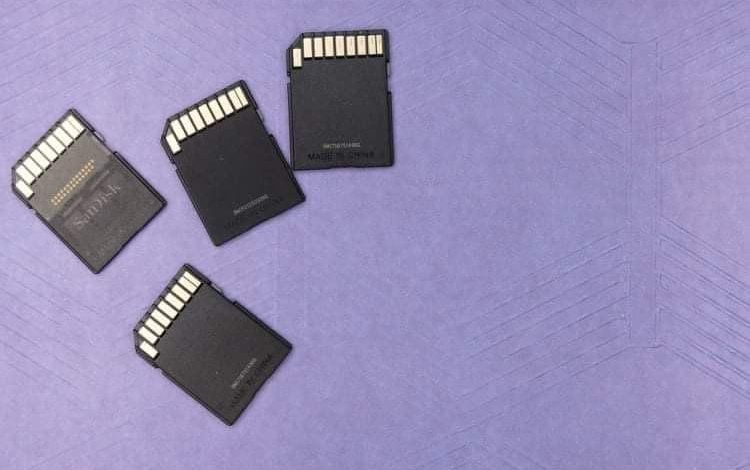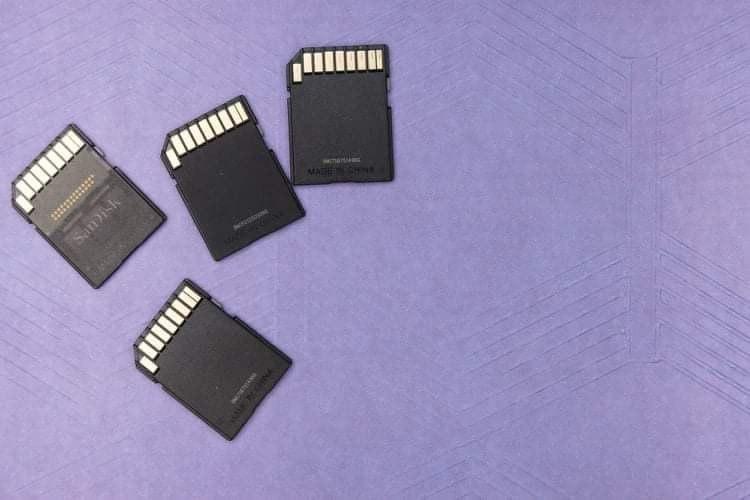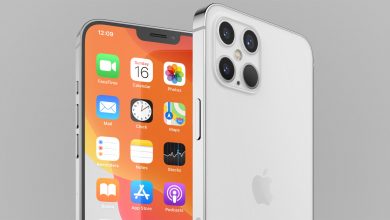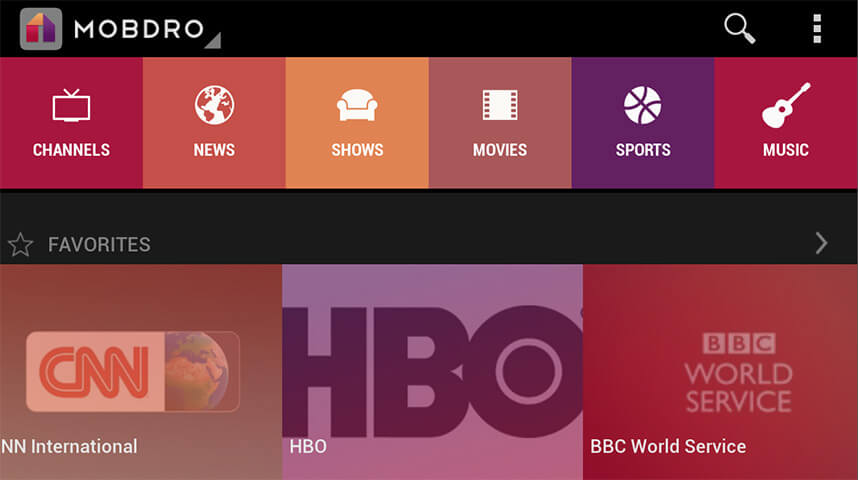
Do you have a Mac computer? They are some of the best computers on the market at the moment. But perhaps you need to upload some files from a camera or another device. You might want to consider using a Mac SD card.
Sometimes you need to delete an SD card after you have used it with another device to get rid of data you don’t want. You can wipe the SD card before you use a Mac, but you need to decide what format and what security settings you want.

Here’s everything you need to know about using a Mac SD card reader and how to format an SD card, Mac.
Resting, Deleting, and Formatting Your SD Card for Mac
Simply put, formatting an SD card erases each file on the card, including internal files normally hidden. This is the best way to reset and delete the SD card and should be the first step on the path to Mac SD card recovery.
There are several ways you can format SD cards, depending on what type of device you have available. You can format SD cards with Windows, Mac, Android, or iOS devices as well as with your digital camera.
It is also possible to format the SD card with a computer (more details below), but it is best to do this with a camera to reduce the risk of data corruption or any formatting problems that might interfere with photography.
Put your SD card into your OC via the SD card, Mac slot, or the USB port reader. If it is not detected, press the Windows key + E. This opens the File Explorer. If your Mac has an SD Secure Digital (SDXC) OR SDXC (SD extended capacity) card slot, you can use the card to download images from your camera and store information.
Using Your Card on Other Devices
If you plan to use the card for other devices such as smartphones or digital cameras, you could rely on the Fat option of MS-DOS to format SD card Mac.
If you are using a Windows desktop or laptop, you can use file explorer to format your SD card. You can open Disk Utility, enter the search box in the upper right corner of the screen, and click on it.
If you are not done yet, insert the card into the SD card slot of your Mac (or USB card reader) and start the laptop. Make sure that all the data you want to keep on the card, has been backed up and saved before using the laptop, and then connect the card.
Insert the SD card into the slot provided when the camera is switched on. If you are using a GoPro and the GoPro has a small screen on the front, like the models Hero4 black, Hero3, or Hero3 +, you can use a combination of the side power button and the shutter release button at the top to navigate to the menu under System > Format > SD Card function. If you select Recover, the device resets your SD card to its original settings by default.
Note that when formatting your SD card all the data will be deleted from the card, so if you want to keep or copy the footage you need to restart the formatting process. If the SD card is not formatted, make sure the read-only switch is not turned off.
The Right Size and Memory
Make sure you have the right physical size for your device and that the card has enough capacity to take the images you want to use. If you work with a small 12MP point-and-shoot camera that captures JPEG files, you can capture up to 8,000 images on a single 32GB memory card. When shooting with a Nikon Fuji camera, one of the best digital cameras on the market, many people use a 64 GB card, which is sufficient.
One method is if your host device needs a 4 SD memory card class, you can use a speed class 4.6 or 10 SD card. If you need a UHS-Speed Class 1 SD card, use a UHS-Speed Class 1 or 3SD memory card.
Those who shoot at high speed, such as sports photographers or taking a lot of videos, may prefer a card with a lot of storage space, as it allows continuous shooting without stopping and switching to a new storage source.
Rates and Streams
Different rates make it difficult to record the card and stream the contents. To avoid frame crashes during recording and smooth playback. The SD Card Association has developed a method to define its card speed, the Speed Class, which defines the minimum sequential write speed that a memory card should provide.
The memory card with the highest capacity available at the time of writing in the speed class is defined to perform sequential write operations into a non-fragmented area dubbed Free AU.
Memory cards used in digital cameras in photography differ in type, form factor, capacity, speed class, and brand in photography. Memory cards are so cheap that you don’t have to speed up video shooting or fast-action photography by getting multiple slow cards that you can use in parallel.
A good memory card reader is the easiest way to ensure that you can transfer your images quickly and accurately to your camera using an SD card.
Full-Sized SD Cards
Full-sized SD cards are widely used in digital cameras around the world, while microSD (also called USD or USD cards) are used in mobile phones, tablets, and others. MicroSD cards can be customized with a standard SD adapter to work with devices that accept SD cards.
A compact memory card is a standard for storing and storing photos and movies and protects your files so you can keep them on your PC or external hard drive in a permanent home.
A Mac SD Card Can Solve Your Problems
Secure digital cards, also known as SD cards, are used in digital cameras and cell phones to facilitate storage capacity. These Mac SD Card cards can get corrupted, making it impossible to view the stored data or store additional information on it. So make sure your Mac SD card is formatted correctly to stop this from happening.
Cameras use varying formats, so it is up to you whether to use a standard SD card, microSD card, compact flash, CFExpress, or an XQD reader. If you install images, they are all the same, just make sure that you have the correct card adapter for your device and readers.
For more, be sure to check out the rest of our site.



